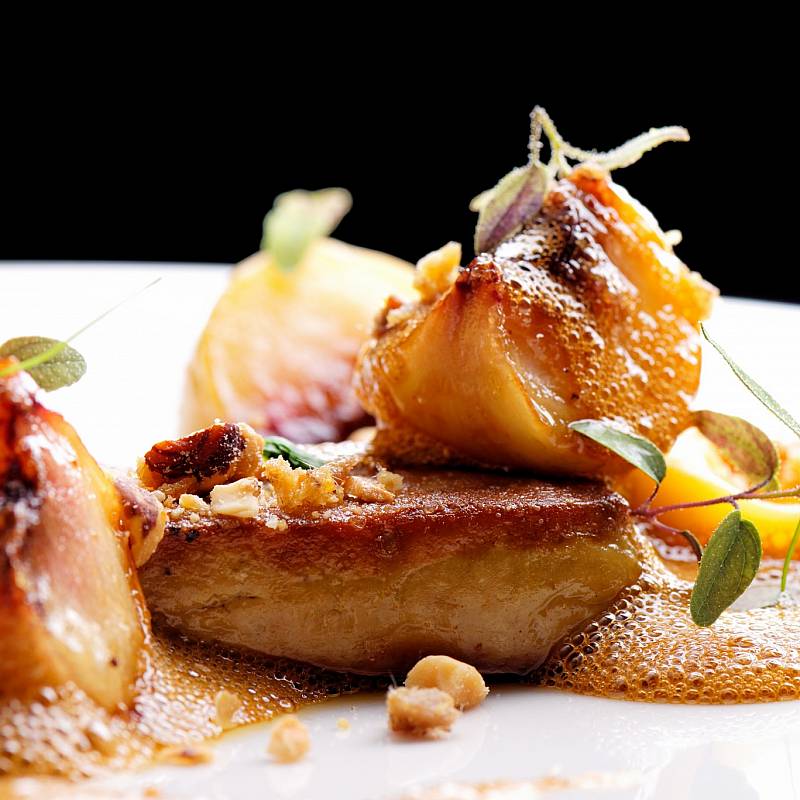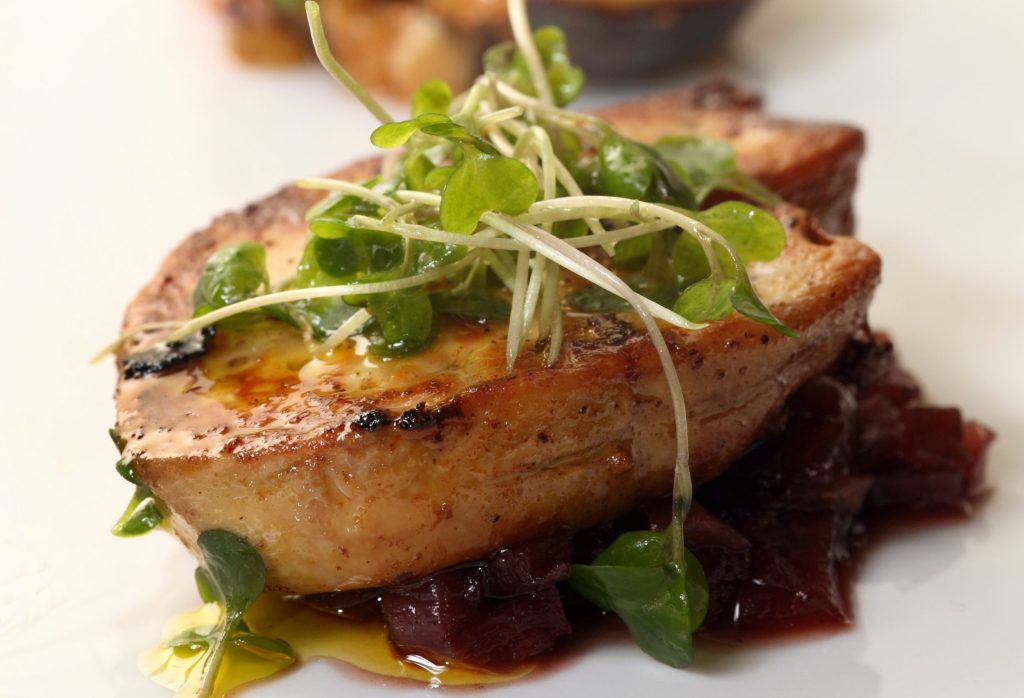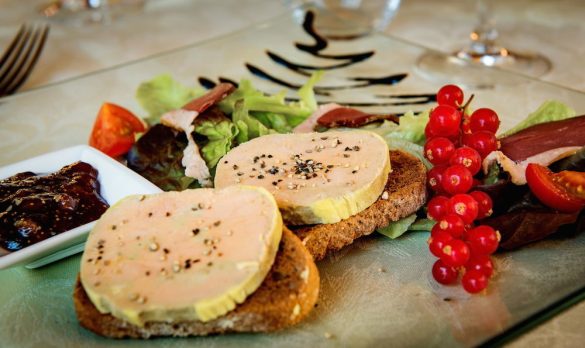In the world of gastronomy, some ingredients are highly respected for their unique taste, rich nutritional value, and deep cultural background. French foie gras, as one of the best, has become one of the three great delicacies in the world for its mellow and rich, delicate and smooth taste and excellent nutritional value. This paper will deeply introduce the history, origin and characteristics of French foie gras, analyze its taste, nutritional value and differences from other animal livers, and discuss its cooking methods and eating suggestions. Finally, combined with personal feelings, share the love of French foie gras and recommended reasons.
I. History and inheritance of French foie gras
French foie gras has a long history dating back to ancient Rome. At the time, the Romans had discovered the delicacy of foie gras and considered it a delicacy. With the evolution of history, foie gras gradually spread to France, and has been widely disseminated and developed in the southwestern countryside of France. The peak of foie gras in France was during the reign of Louis XVI, when foie gras was presented to the court and loved by the king. Since then, French foie gras has become famous and has become one of the traditional French dishes.
The inheritance of French foie gras is inseparable from the French people’s love and pursuit of food. They are constantly trying and improving the breeding and cooking methods of foie gras to make it more delicate and rich in taste. Today, French foie gras has become one of the representatives of French gastronomic culture, attracting diners from all over the world to come to taste.

- Origin and characteristics of French foie gras
The production of foie gras in France is mainly concentrated in the southwestern region of France, especially in Gascony and Perigor. The natural environment here is superior and the climate is suitable, which provides unique conditions for the breeding of geese. French foie gras is generally used in the southwest grey goose, this goose variety is large, liver hypertrophy, is the ideal choice for making foie gras.
French foie gras is characterized by its bright color, delicate taste and rich taste. Foie gras has undergone special farming and cooking methods, and its fat content is up to more than 60%, but the cholesterol content is relatively low. This makes the French foie gras present a unique smoothness and delicacy in the taste, which melts in the mouth and makes the taste endless. At the same time, French foie gras is also rich in A variety of vitamins and minerals, such as vitamins A, D, E and iron, zinc, etc., with high nutritional value.
Third, the taste and nutritional value of French foie gras
The taste of French foie gras is rich and rich, delicate and smooth, and it melts in the mouth. This unique taste is due to its high fat content and special cooking methods. In the cooking process, French foie gras needs to go through a number of steps such as low temperature slow cooking, pickling, frying, etc., in order to fully release its inherent fragrance and taste. This makes the French foie gras more delicate and rich in taste.
In addition to its unique taste, French foie gras also has a high nutritional value. It is rich in many vitamins and minerals, such as vitamins A, D and E, as well as iron and zinc. These nutrients play an important role in human health. For example, vitamin A helps protect vision and maintain healthy skin; Vitamin D helps with calcium absorption and bone health; Vitamin E has antioxidant effects and can delay aging. In addition, the iron in French foie gras also helps prevent diseases such as anemia.
Compared with other animal livers, French foie gras has unique advantages in taste and nutritional value. Although other animal livers are also rich in nutrients, the taste is often rougher or has a certain fishy taste. French foie gras, on the other hand, has won widespread praise for its delicate, creamy texture and rich flavor.

- Cooking methods and eating suggestions of French foie gras
French foie gras is cooked in a variety of ways, including frying, roasting, steaming and many other ways. Among them, frying is one of the most common cooking methods. In the process of frying, it is necessary to pay attention to the control of heat and cooking time to ensure the taste and taste of foie gras. In addition, foie gras can also be paired with other ingredients, such as apples, truffles, etc., to increase the richness of taste and nutritional value.
When eating French foie gras, you need to pay attention to the following recommendations. Because of the high fat content of French foie gras, it is not appropriate to eat too much. Before eating can be paired with some light ingredients or drinks to neutralize the greasy feeling, such as fresh fruit, juice or wine. For those who are trying French foie gras for the first time, they can start with a small amount to gradually get used to its unique texture and taste.
As a person who loves food, the love of French foie gras is beyond words. Its mellow and rich, delicate and smooth taste made me intoxicated, as if I were in the temple of food. At the same time, the rich nutrition contained in French foie gras also made me feel surprised. It is not only a delicious ingredient but also a healthy food choice.
There are several reasons why you should try French foie gras. First of all, it has a unique and delicious taste that is unforgettable; Secondly, its rich nutritional value contributes to human health; Finally, as one of the representatives of French food culture, it also has a high cultural value. In the process of tasting French foie gras, we can not only enjoy the pleasure brought by the food, but also feel the collision and fusion between different cultures.
French foie gras, as the treasure of food, has won wide praise and love for its unique taste, rich nutritional value and profound cultural background. I believe that in the coming days, it will continue to shine brightly in the food world, attracting more people to come to taste and appreciate.

